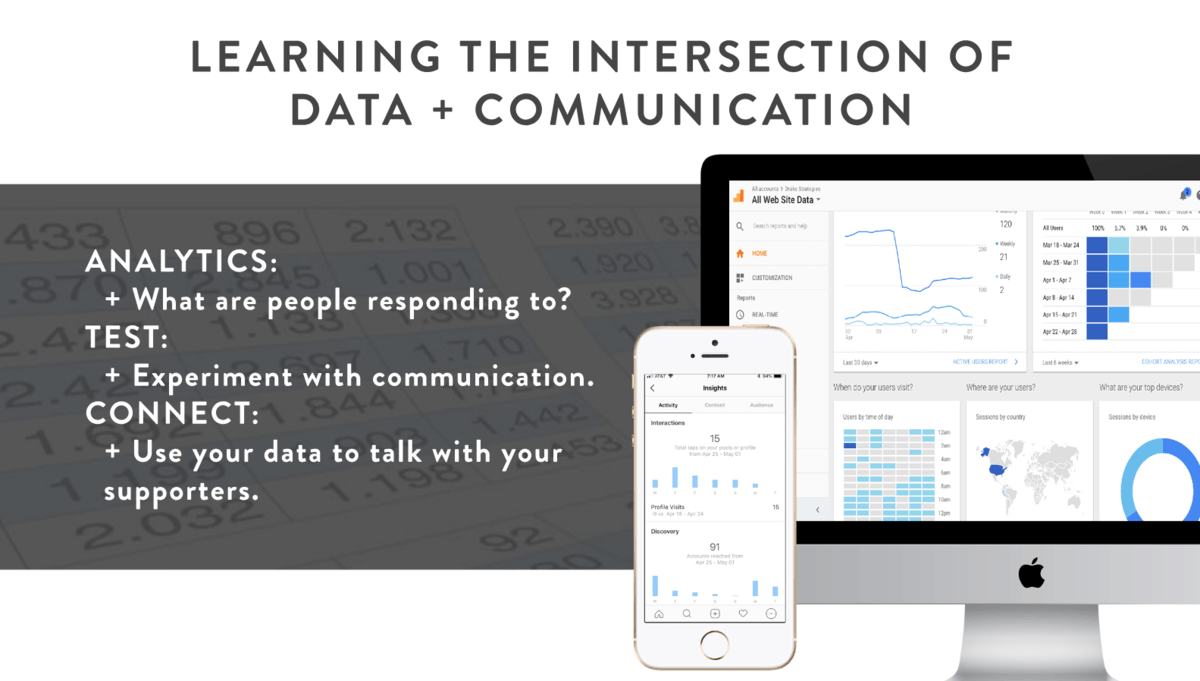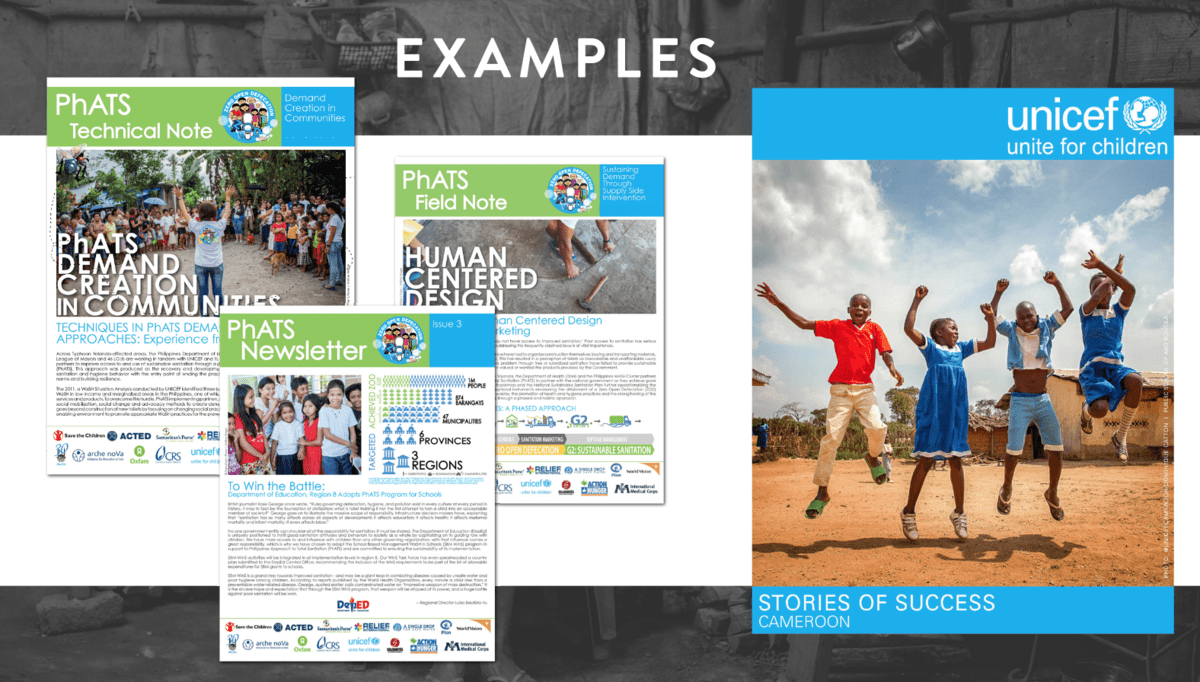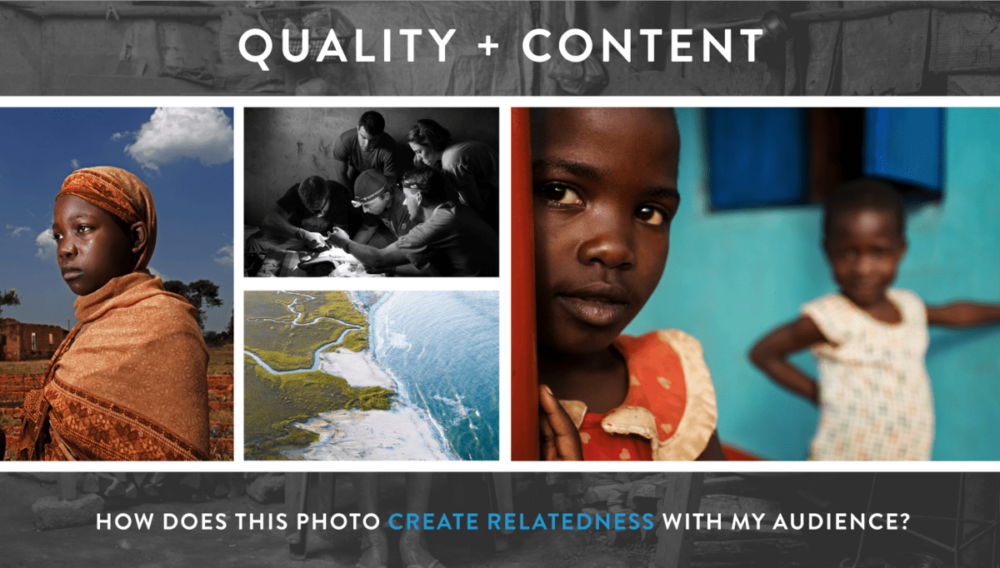Data and visual storytelling make up a one-two punch for brands struggling to cut through the clutter and engage their audiences.
Every day, through their work at Drake Strategies, strategy consultant Stefani Drake and photographer Joshua Drake help nonprofits and NGOs, businesses and humanitarians create visually engaging, data-driven content. At the 2018 AMA Nonprofit Conference, they shared best practices for combining data and visual storytelling to improve your marketing results.
Now, these experts are sharing their secrets with us. Here are three tips for impactful data-driven visual storytelling – straight from Stefani Drake.
Strategy Consultant Stefani Drake’s 3 Tips for Data-Driven Storytelling
1. Use data to tell a story.
When someone hears data, they often think of data engineers or Cambridge Analytica. Rest assured, the point of this post isn’t to make you feel inadequate, it is to empower you with tools to spot trends in your available data. Data-driven analytics make it part for businesses to know what works with their customers and what doesn’t. Software from a company similar to Heap Analytics is used by many companies to collect their data for analysis.
When looking at data, you need to have the full picture. Pull in every resource available to you, including: website analytics, social media analytics, email analytics, field + program data, monitoring + evaluation, donor databases and more. There are several platforms available to you, like Cyfe, Hubspot + CrowdSkout that can take in your available data, compare it side by side and give you a better understanding of where your challenges are, what message is working and where you need to shift your focus.

The point of data isn’t to overwhelm, it is to inform you on who your audience is, what they are responding to and why they are most likely to engage with your message. So ask yourself questions. Ask yourself why a social media post may have been more effective than the previous. Figure out why certain donors dropped off last year. And experiment so that you have more information to compare.
Once you understand who you are engaging with, what compels them to take action and what message is most effective, you are well on your way to telling a powerful, action driven story.
2. Capture attention with creative, consistent design.
Next, you need to package your information in creative, compelling ways. Good design will capture people’s attention. Paragraphs of text won’t. Another factor that will make your marketing even more impactful is if you adopt a zoho hubspot integration so you can increase the effectiveness of your marketing, and find new potential clients!
But let’s think creatively for a moment. If your organization served 2,500 people last year, so what? How is that relatable to someone on Instagram? A more powerful message is showing that nearly 7 people a day walked through your doors last year.
Get creative.
Be consistent.
What do we mean by that? When you’re scrolling Instagram, think of those accounts where you immediately recognize a post, without even looking at who posted it. Consistency creates brand awareness and allows your supporters to spot you in a crowded room.

And for those people who don’t have a graphic designer in-house, have no fear. There are user friendly graphic design tools like Canva and Adobe Spark that make it easy for you to set your brand’s style and tone. And Lightroom has filters you can use to keep a consistent look on all your photos.
3. Connecting the head and the heart.
By now you know the importance of a story, but it’s the imagery that you use which truly will captivate your audience. The average lifespan of a photo is 7 seconds. So how do you arrest your audience and engage them?
Video is a great tool to captivate your audience and double the time they will view your content. We always reference a recent study by Libris on visual marketing trends. More and more brands are investing in video as due to the growing trend and popularity in social media and technology, people are more likely to learn about your brand if they see it on different sites. Most of these people may prefer videos over other digital formats and so you may want to know how to make a video which will allow you to grow your brand and bring more awareness to the work that you are doing to help others.

Our team photographer, Joshua Drake, recommends learning to tell a story in four photos or less: sense of place, interaction, details and portraiture.
Here’s Joshua’s take:
“It seems impossible at first, but when you think through how you can tell your audience the story you see unfolding, you have to give them a sense of place, an action shot and a picture of the person for whom you are telling the story. If you have the space, a detail shot always adds a layer of context. Ultimately, your goal is to arrest people with an image – so that they stop the scroll – and begin to relate to the story you are telling. If you can achieve that, you are well on your way to creating connectedness with your audience and inspiring them to take action.”
Want to learn more? View all of our best practices here. The difference between good storytelling and great storytelling is in the details. Elevate your brand and expand your impact.
Tips by Stefani Drake. Images by Joshua Drake.




